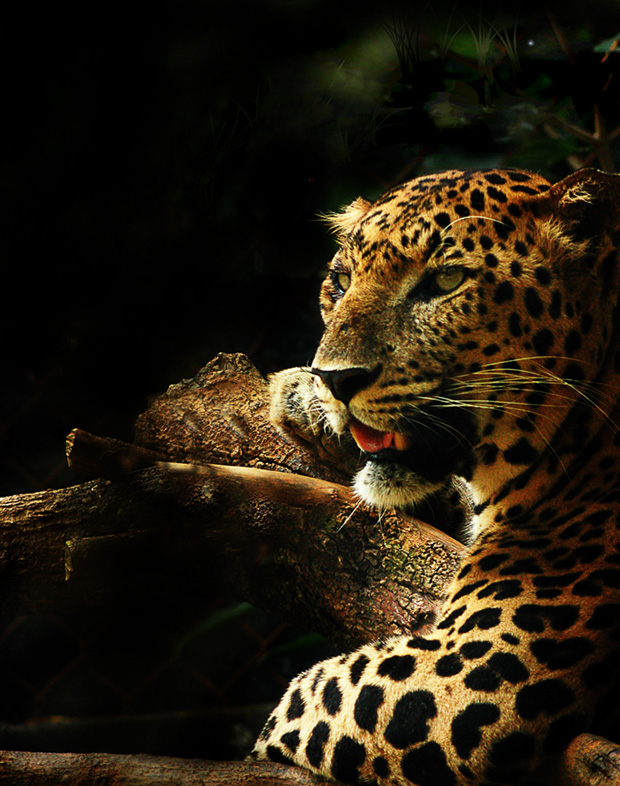

Dear Blog, wait a minute, did I just excerpted a photography article? Yes! and this is where you can read the summary of it!
If you are into DX (cropped sensor) like myself, then this is a great lens to keep. FX (full frame sensor) may not be.
Also, note that it's the more expensive f1.4 and not the f1.8 we are talking about. Nikon recently released a newer f1.4 G type (without aperture ring), this inhibits the macro/reverse ring function.
50mm f/1.4- excerpted from popular photography and imaging (feb 09)
For much of the film era, 35mm portraitists opted for focal lengths between 70mm and 135mm. Why? Because they flatter the human face -- they're neither long enough to compress space, which flattens contours, nor wide enough to expand a large nose. This pushed the 50mm lens out of the portrait business.
But then came digital. Because of the lens-conversion factor associated with most DSLRs, the too-wide-for-faces 50mm converts up to 75-80mm -- perfect for half-length or even head-and-shoulder portraits. (Don't get any closer, though.)
Portraits and faces The 50mm f/1.4 also beats "portrait" (105mm f/2.8 or 135mm f/2.8) lenses, allowing convenient working distances and beautifully out-of-focus backgrounds.
Action
With its bright apertures of f/1.4, f/2, and f/2.8 funneling generous amounts of light through to the image sensor, the 50mm f/1.4 affords shutter speed
Soft focus/background blurring
Don't automatically work at f/1.4. Closing down a stop lessens vignetting and expands the depth of field for sharpness, while still delivering softness beyond. And, since 50mm f/1.4 lenses are typically least sharp when used wide open, if detail is important (as in flower close-ups or eyelashes in tight portraits), again, stop down a bit.
Reverse ring for Macro
To magnify your subject to a 1:1, 2:1 or even 3:1 ratio, all you need is a lens-reversing ring Low Light
Several factors contribute to give the 50mm its superb low-light performance. First and most obviously, the high-speed f/1.4 maximum aperture allows more light through to the image sensor than almost any other lens available today.Second, the compact dimensions of the 50mm lens are -- compared with more long-barrelled lenses -- less apt to magnify camera shake.

No comments:
Post a Comment